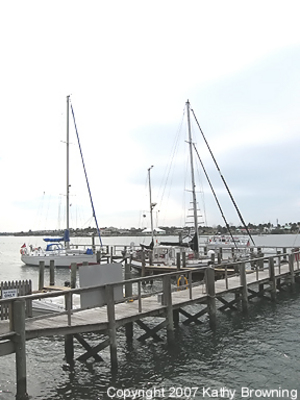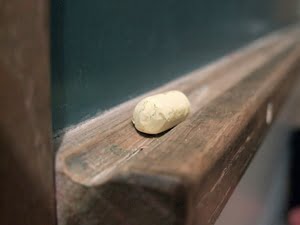They called them “Bahama beds” back in the 1970s and despite looking anything but tropical, they turned small bedrooms into efficiently organized space: a square table pushed up against a corner served as host to single beds that fanned out along the two walls on either side of the table. Homeowners loved these classic arrangements and even today, you’ll find websites and bloggers searching for ways to create configurations that conserve space thanks to furnishings that cling to walls. Resurrect the popular bedroom trend by creating your own version of the snug sleeping corner and you’ll understand why it was so popular back in the day.
Mull Your Bed Size Options. Choices are unlimited since you’ll build the table that ties the three components together to suit the bed heights and widths, so investigate myriad bed styles to figure out which suits your budget and fits into an L-shaped configuration. Use two single bed frames with mattresses and box spring, two trundle bed bases with properly sized mattresses, two hideaway beds for the skinniest sleeper possible or you can forget about a frame and simply put two box spring units and mattresses on casters to achieve your goal.
Coordinate Single Beds With a Table. Standard twin mattresses are 39-inches wide, so the clearance under your table must suit that dimension plus a few inches. Traditional Bahama-style sleeping groups featured a parsons- or Quaker-style table, but any no-frills table model that will allow you to slide a mattress between the legs will work. The height of the beds you choose is critical; add at least 4-inches to the style when choosing prefabricated table legs. A 45-square-inch tabletop should be large enough to do the job regardless of the bed sizes you picked.
Coordinate Trundles with a Table. Most beds on wheels or casters that are categorized as trundle bases are fabricated to accommodate a 39-inch wide mattress. Trundle bases are designed and manufactured expressly to slide in and out of a main frame that’s fairly low to the ground, so it makes a great choice for your under table setup. Given the low profile, the legs you choose for the table that anchors the beds don’t have to be as tall as those serving a regular bed. Low-to-the-ground trundles don’t require box springs, either, so if you want your table height fairly low for kids, trundle bases may be your best bet.
Coordinate Cots with a Table. One of the cheapest ways to make a corner sleeping arrangement that features two beds – only one of which may slide partially under a corner table — is to use cots. Cots are ultra-skinny – usually just 32-inches wide – but for the occasional overnight guest, today’s cot styles barely resemble the ones you recall from your camping days with the scouts. Cot roll-ups are comfortable, skinny, thick and fit nicely atop framework. Replace wheels with casters if you’re concerned that there may be too much motion once the cot is occupied.
Finishing Touches. Whether you’ve chosen cots, hideaway beds, trundles or bed frames with mattresses, add finishing touches to turn your room arrangement into a nicely appointed sleeping chamber. Coordinated quilts or tailored spreads add touches of color and if you want to replicate the look of Bahama beds, make two long bolsters to prop up against the wall and atop each bed. The finished table can do more than provide a partial “roof” for a bed: it’s the perfect place for an amenity basket for guests filled with hand lotion, tissues and potpourri.





